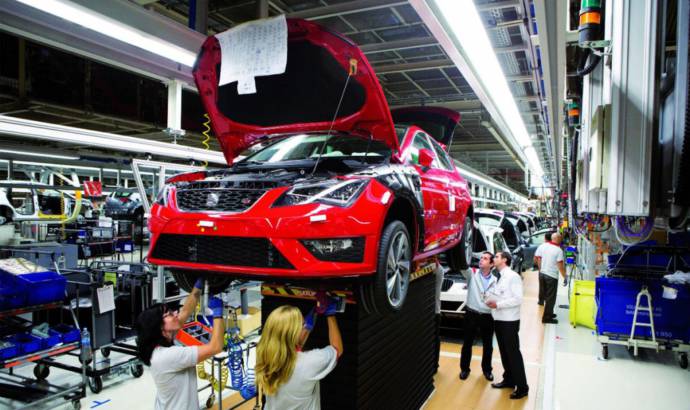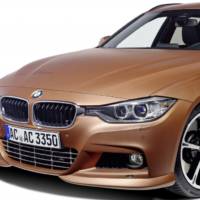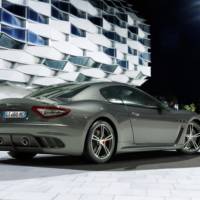Seat is celebrating this month a landmark in its history: the 20th anniversary of the official opening of the Martorell production facility. It’s a milestone not only for the Spanish company, but for Spanish industry itself, on account of the factory’s technology and labour systems.
Prior to the inauguration of the Martorell factory, Seat’s manufacturing capacity was concentrated in the Zona Franca, Barcelona, which opened its doors in 1950 and built its first vehicle, the 1400, in 1953.
On 22 February 1993, King Juan Carlos I unveiled the plaque commemorating the official opening of Martorell, in the presence of the then new Chairman of the Volkswagen Group, Dr. Ferdinand Piëch; Dr Piech is today Chairman of the Volkswagen Supervisory Council.
Martorell remains one of the most modern car production facilities in Europe, today manufacturing all three versions of the Ibiza, the new Leon, the Altea and Altea XL, the Exeo and Exeo ST, and the Audi Q3.
Over the past 20 years, almost eight million cars have come out of the facility from 32 product ranges, including the first-generation Toledo, the Inca van, and the Arosa city car. The company still uses part of the original Zona Franca factory infrastructure to create stamped bodywork parts.
The second-generation Ibiza and the Cordoba were the first models to roll off the Martorell production line, at the rate of 1,500 units a day by December 1993, resulting in a total of 140,275 cars for that year.
Source: Seat


